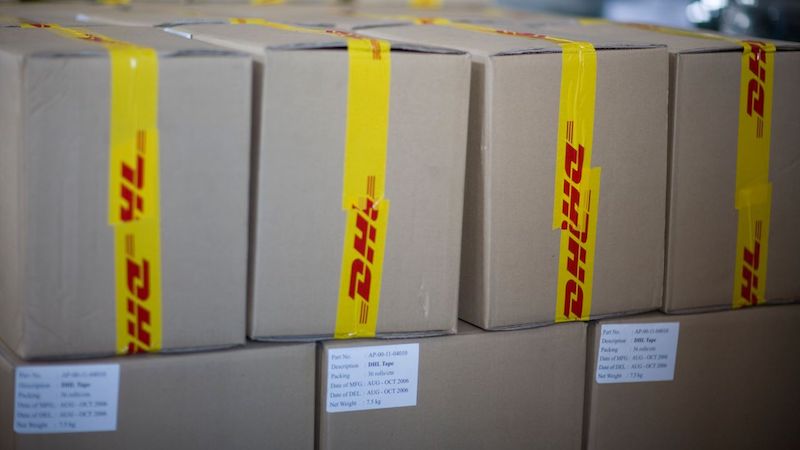Grow your business with the Discover newsletter
Logistics advice & insights straight to your inbox
Subscribe now
Several documents are required when exporting your goods from Singapore to overseas. The types of documents may be different to some extent depending on each importing country, but the general requirements for export documents are the same. This guide will help you understand the various types of shipping documents that are necessary to send goods overseas.
Following is the list of documents required for the export from Singapore to other countries.
A proforma invoice is one of the most significant export documents that you require when sending goods from Singapore. A proforma is a declaration between the seller and the buyer before the shipment is exported. This document is used by the exporter at the beginning of a transaction to negotiate with the seller about the date and price on which the products and services will be provided to him.
This document contains information about the weight, quantity, price, and other specifications of the products. In some cases, a commercial invoice is used in place of a proforma invoice. The commercial invoice is a legal document between the exporter and the buyer and contains information about what goods are in the shipment and what amount that buyer has to be. The commercial invoice is also used by the Customs Authorities of the importing country to assess the true value of the goods to calculate the customs duties and taxes. The import country’s Customs Authorities will provide the format and specifications of the commercial invoice.
A bill of lading is a document issued by the carrier of goods as an acknowledgment of the goods that they will ship. Although bills of lading were historically used only for shipping through the sea, they are now used for other types of shipping.
There are two types of bills of lading for ocean freights: a straight bill of lading that is non-negotiable, and a shippers’ order bill of lading that allows the buying, selling, or trading of goods while in transit.
An Air Waybill is similar to a bill of lading but is issued by an international airline or air cargo service as an acknowledgment of the contract of carriage. The air waybill is non-negotiable.
The certificate of origin (COO) is a certification that validates the country the products in an export shipment were made, processed, or produced. There are two types of COOs:


An export permit is another important shipping document that is required for export. It is a legal document that declares that the goods being exported comply with the provisions of international agreements and standards. You can appoint a declaring agent to obtain a customs export or import license on your behalf or apply it yourself through TradeNet.
Another essential item required is the export packing list. The export packing list states the details of all products in the shipment including weights, measurements, and other packaging details. The export packing list should be compliant with the standards of the carriers, shipping lines, importers, and other parties in the supply chain.
You would also need an insurance certificate while exporting from Singapore to overseas. An insurance certificate certifies that you have purchased insurance for the goods that you are exporting. This certificate can assure the importer and exporter that insurance will cover any losses that may be incurred in loss or damage of goods during transit.
The inspection certificate is issued after inspecting goods to check the quantity and quality of the merchandise and also to check for any defects. It certifies the condition of the goods at the time of inspection. This inspection is carried out on merchandise before shipping them overseas, especially for perishable goods.
The Customs entry document is one of the shipping documents required for export. It is prepared by the exporter as specified by the exporting country’s customs authorities. It is an official statement of specific information about your shipment including a description of the products and the country of origin.
Finally, a customs declaration form should contain information such as the types of goods being exported, their quantity, and their value. The exporter submits the customs declaration at the port of export. This information is used by the relevant authorities to compile statistical information about a country’s foreign trade.

If you are thinking of exporting goods from Singapore to other countries, DHL Express can be your trusted and reliable shipping partner. With an extensive network that spans 220 countries and territories, DHL Express excels in delivering your goods to the destination quickly and efficiently. Our broad range of shipping services ensures a smooth customs clearance process during exporting. Apply for a business account today and unlock access to all these services and more with DHL Express.